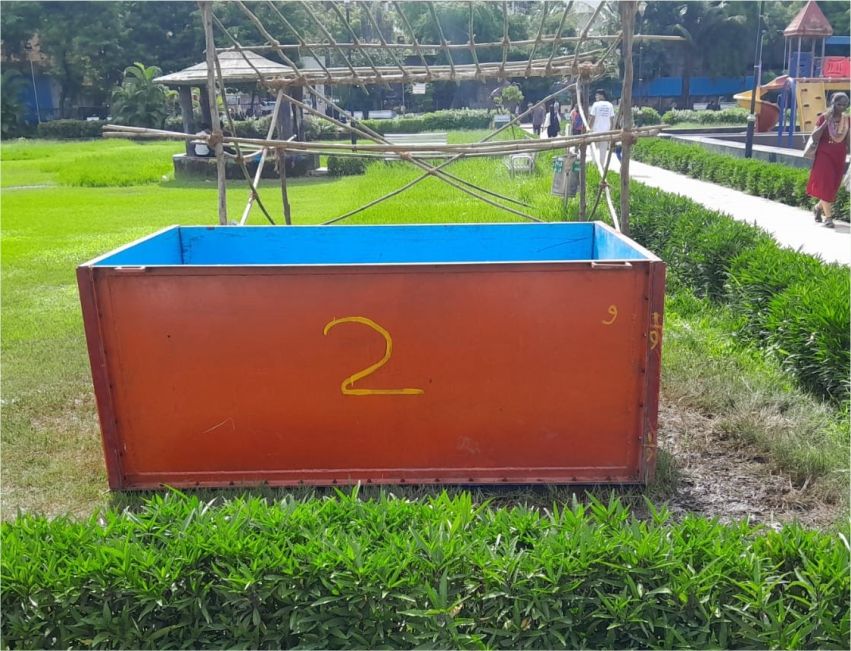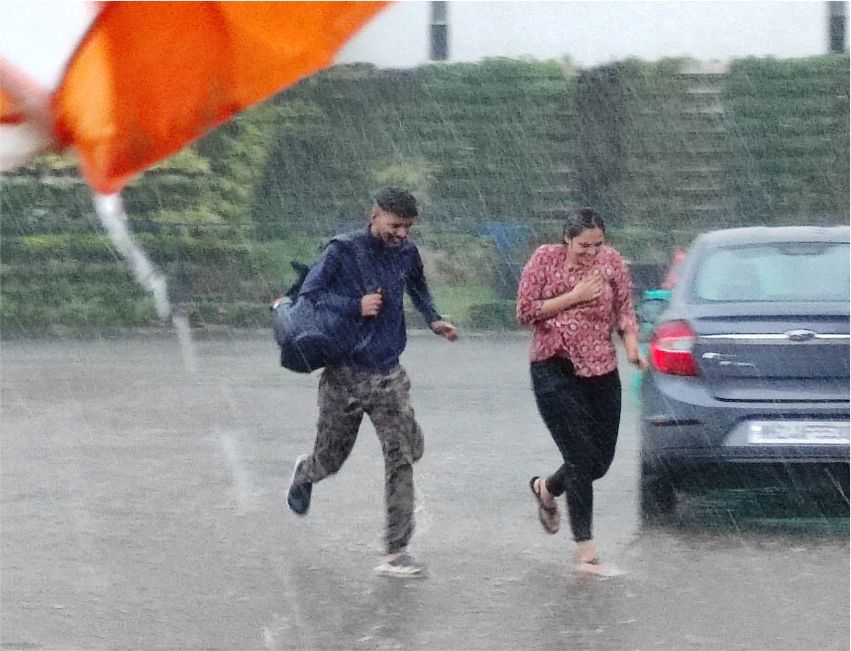Addressing the alarming rise of physical inactivity among Indian women

- Newsband
- 29 Jun, 2024
Recent findings published in The Lancet Global Health journal have shed light on a pressing public health issue in India: a staggering 57% of women were found to be insufficiently physically active compared to 42% of men. This trend is consistent across the South Asian region and underscores a broader, troubling pattern of physical inactivity. In 2022, almost half of all adults in India were engaging in insufficient levels of physical activity, placing the South Asian region second only to the high-income Asia Pacific region in terms of inactivity.
This data prompts an urgent need for introspection and action. The implications of widespread physical inactivity are far-reaching, impacting not only individual health but also the broader societal and economic well-being of the nation. Physical inactivity is a well-known risk factor for numerous chronic diseases, including cardiovascular diseases, diabetes, and certain cancers. Moreover, it contributes to mental health issues such as depression and anxiety. For a country like India, grappling with an already significant burden of non-communicable diseases, the high rates of inactivity could exacerbate an already strained healthcare system.
The gender disparity in physical activity levels is particularly concerning. Cultural norms and socio-economic factors play a significant role in this disparity. In many parts of India, traditional gender roles confine women to domestic responsibilities, leaving little time for exercise. Safety concerns, lack of access to safe public spaces, and limited availability of women-friendly recreational facilities further restrict women's opportunities to engage in physical activity. Additionally, societal expectations often prioritize women's caregiving roles over their own health and well-being.
Addressing this issue requires a multi-faceted approach. Firstly, there needs to be a concerted effort to shift societal attitudes towards physical activity, particularly for women. Public health campaigns must emphasize the importance of regular exercise for all genders and age groups. These campaigns should be culturally sensitive and leverage local influencers to effectively communicate the benefits of physical activity.
Education is another critical component. Integrating physical education into the school curriculum from an early age can instill lifelong healthy habits. Schools should provide equal opportunities for boys and girls to participate in physical activities, thereby normalizing the concept of women engaging in exercise. Additionally, workplaces can play a pivotal role by encouraging employees to incorporate physical activity into their daily routines. Flexible work hours, on-site fitness facilities, and organized wellness programs can motivate employees to be more active.
Infrastructure development is also essential. Governments and local authorities need to invest in creating safe, accessible, and inclusive public spaces that encourage physical activity. This includes parks, walking and cycling paths, and sports facilities that are safe and welcoming for women. Urban planning should prioritize pedestrian-friendly environments and ensure that recreational areas are well-lit and secure.
Policy interventions can further support these efforts. Governments should consider implementing policies that promote physical activity, such as subsidizing gym memberships, offering tax incentives for companies that provide wellness programs, and enforcing regulations that mandate physical education in schools. Collaboration with non-governmental organizations and community groups can enhance the reach and impact of these initiatives.
Moreover, healthcare providers have a critical role to play. Regular physical activity assessments should be integrated into routine medical check-ups, and healthcare professionals should be trained to counsel patients on the importance of staying active. By providing personalized recommendations and follow-up support, healthcare providers can help individuals overcome barriers to physical activity.
Addressing the physical inactivity epidemic also necessitates addressing underlying socio-economic determinants. Poverty, lack of education, and limited access to resources are significant barriers to physical activity. Efforts to reduce physical inactivity must be part of a broader strategy to improve overall living conditions and reduce socio-economic disparities.
The findings from The Lancet Global Health journal highlight a critical public health challenge that India must address urgently. The high rates of physical inactivity, particularly among women, demand comprehensive and sustained action. By promoting a culture of physical activity, improving infrastructure, implementing supportive policies, and addressing socio-economic barriers, India can make significant strides towards a healthier, more active population. The benefits of such efforts will extend beyond individual health, fostering a more productive, vibrant, and resilient society.




